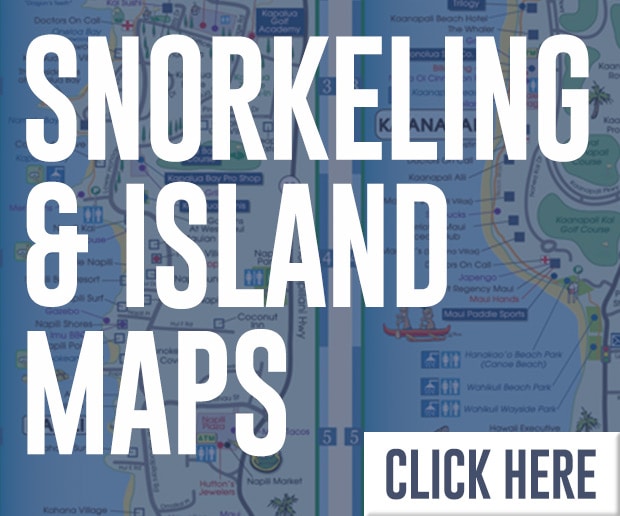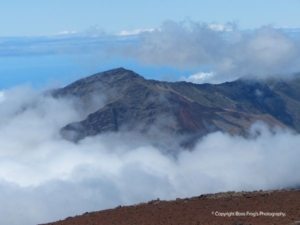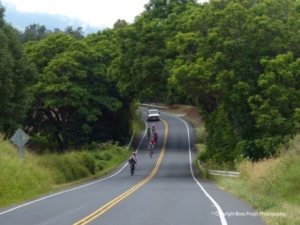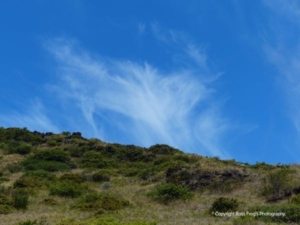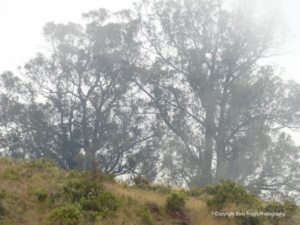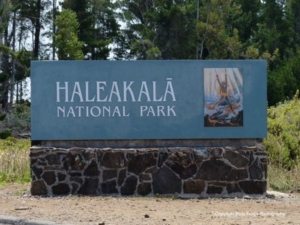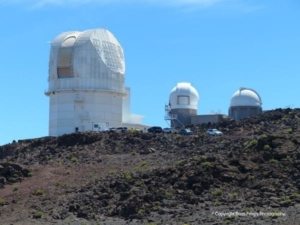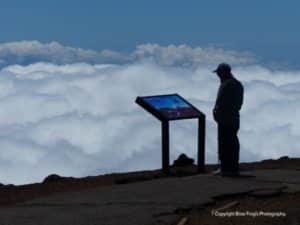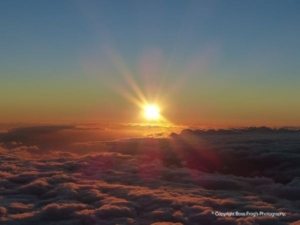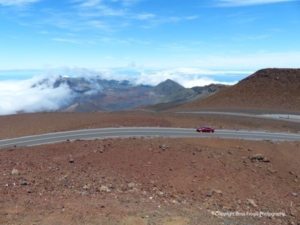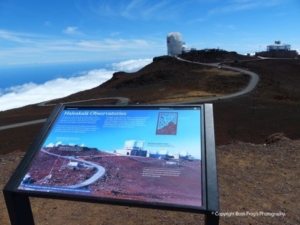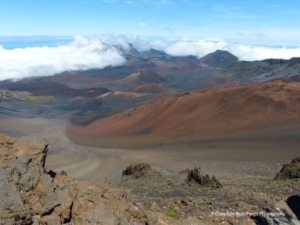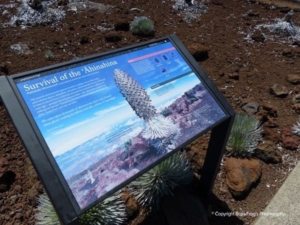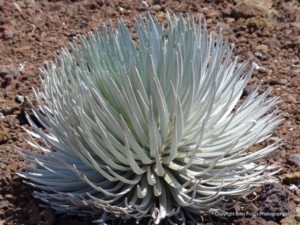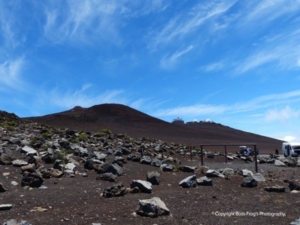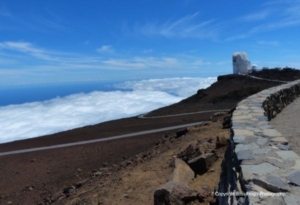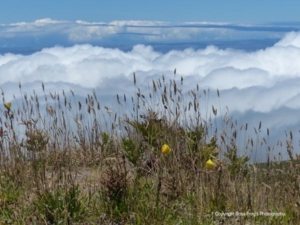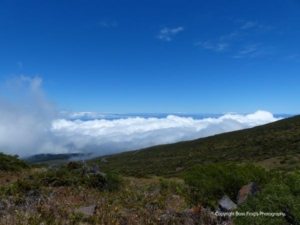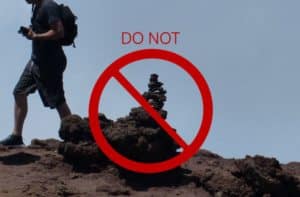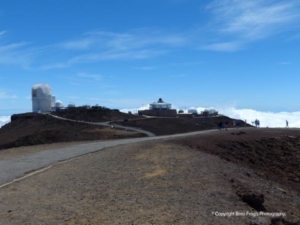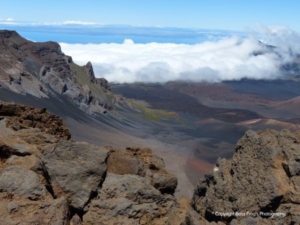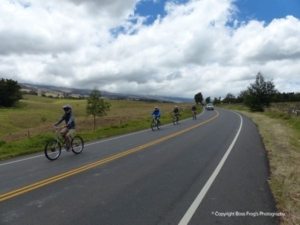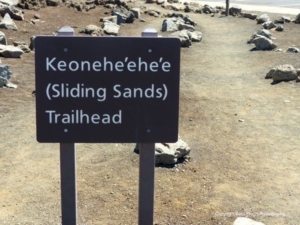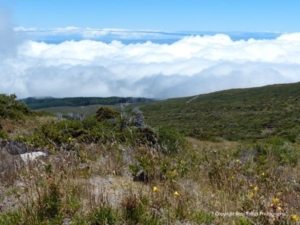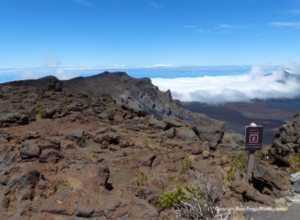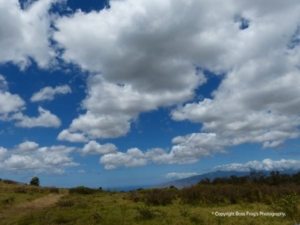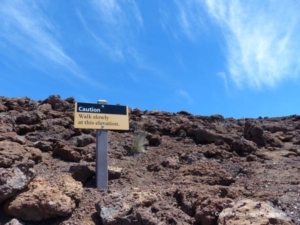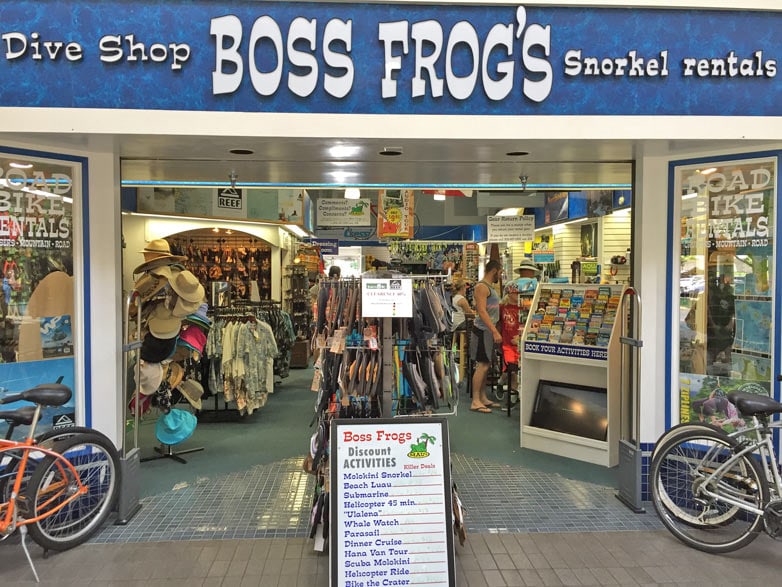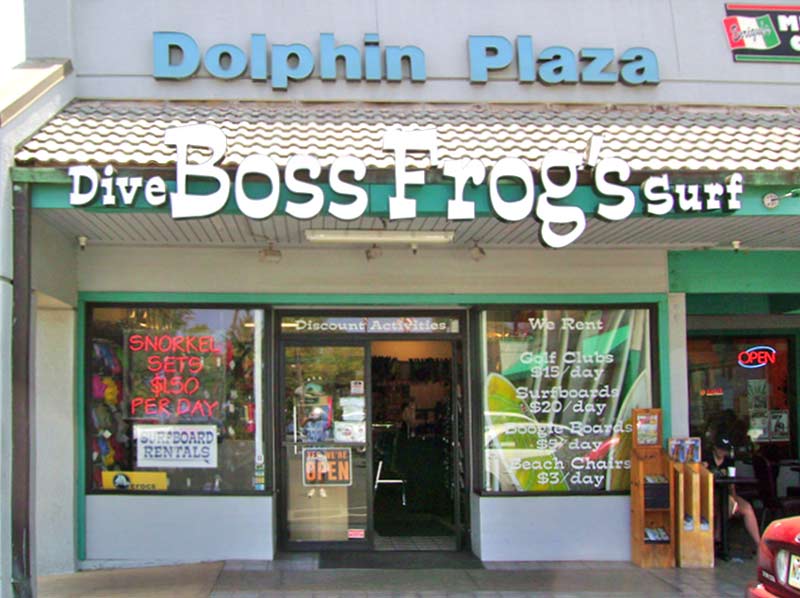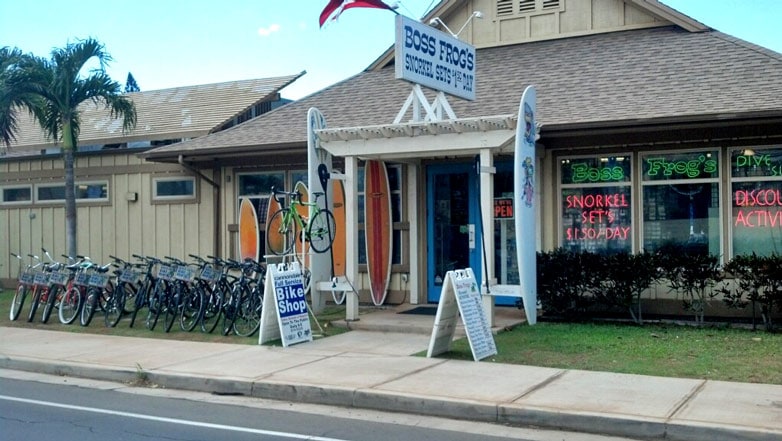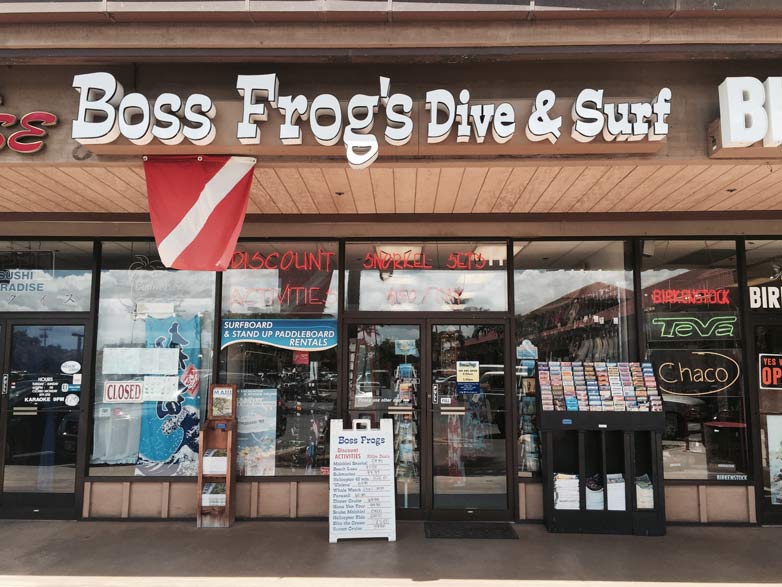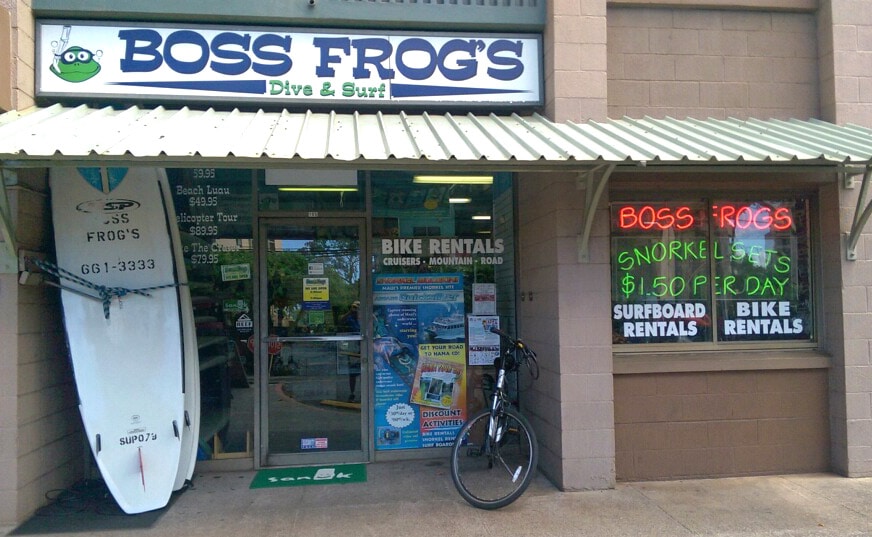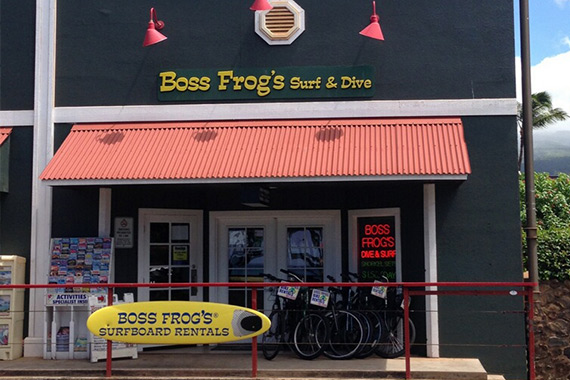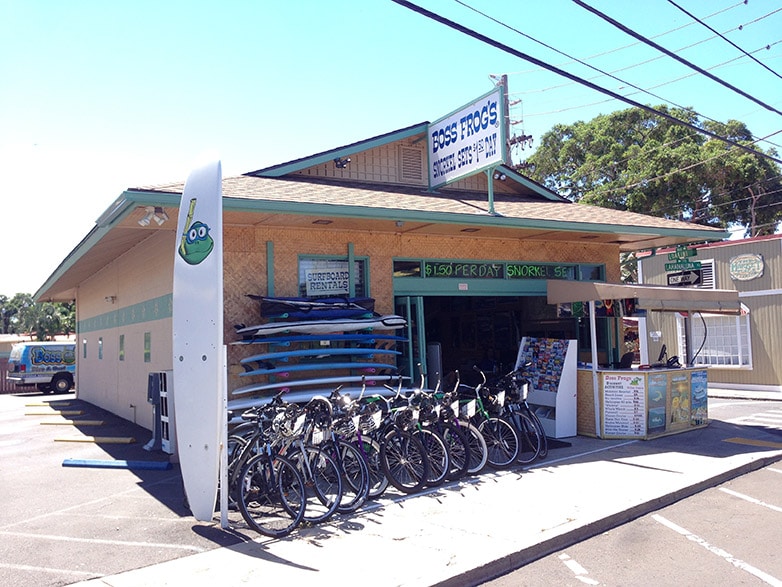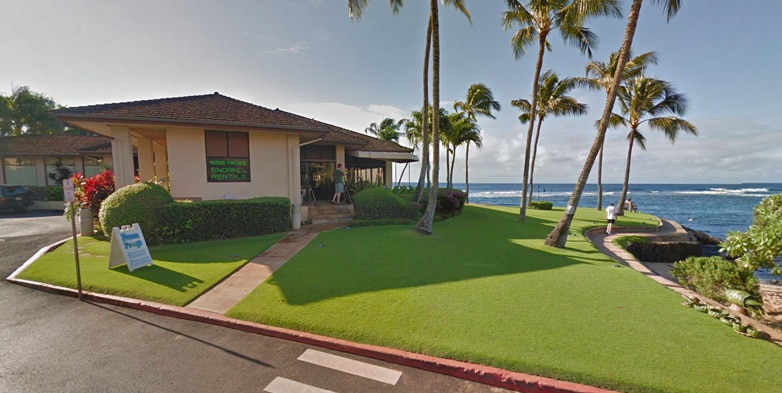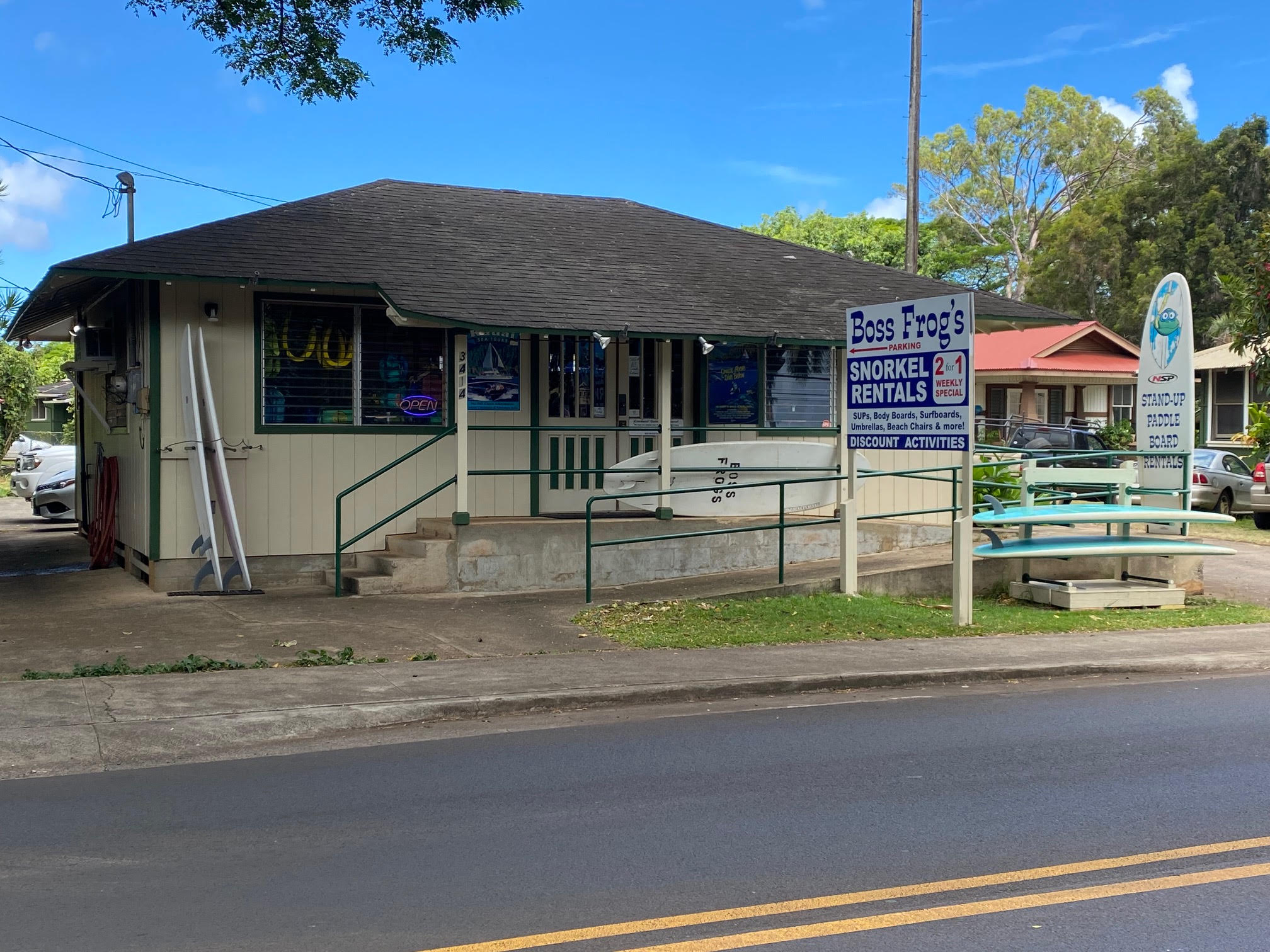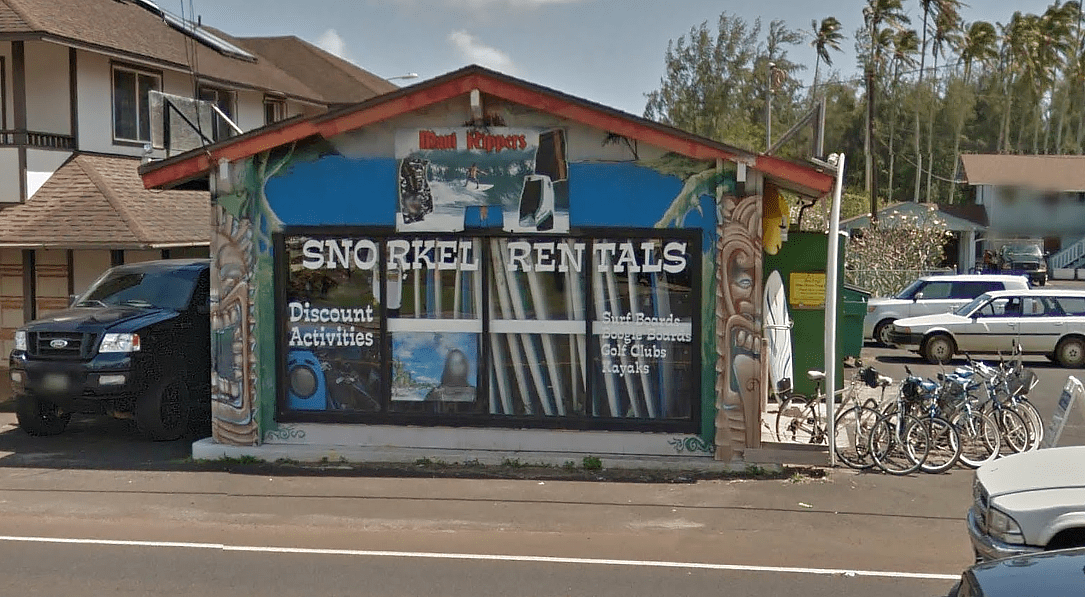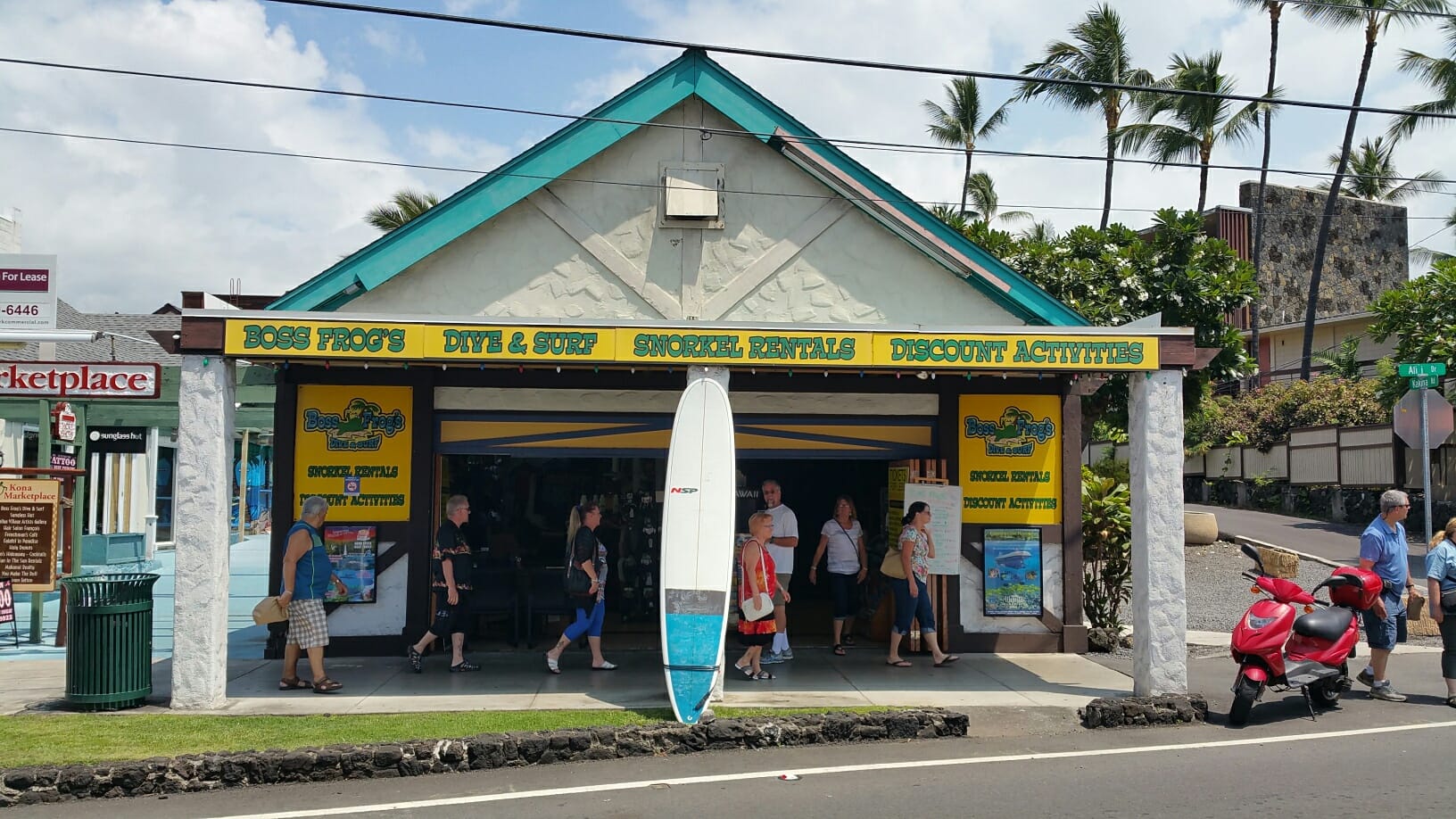Haleakala: Intro to the Volcano
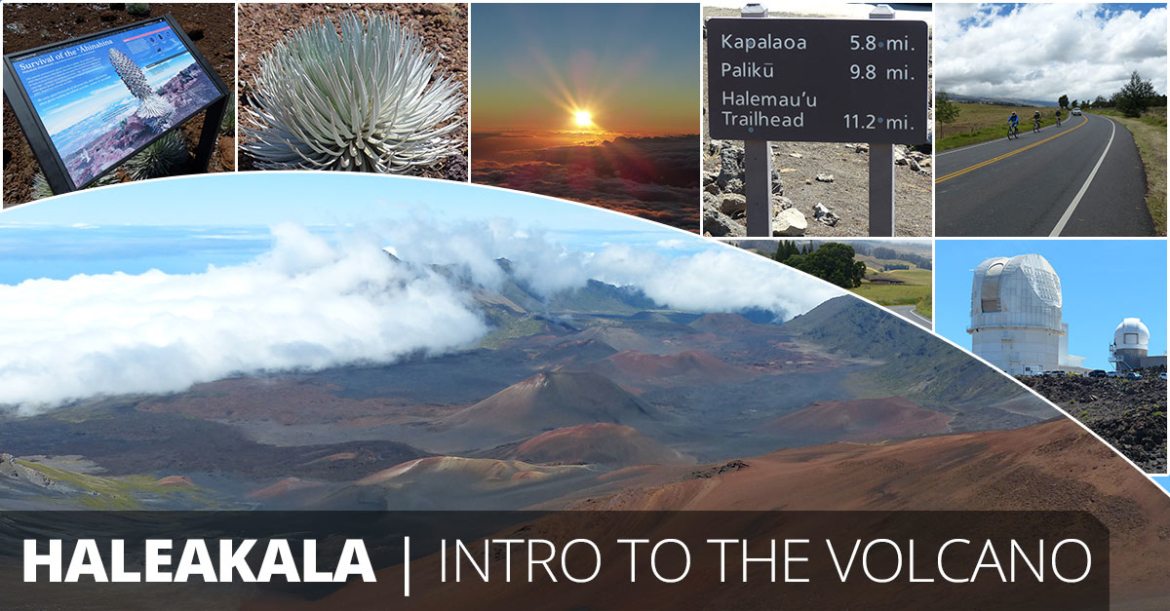
Visiting Haleakala
Legend has it on the Valley Isle that the demi-god Maui was talking with his mother one day. She complained that the sun (la) was moving so quickly across the sky that there wasn’t enough time for the women to dry their kapa cloth, or for the men to fish. Maui decided he would address this issue. That night, he concealed himself in a crack in the mountain where the sun resided—Haleakala, the “House of the Sun.”
When the sun emerged, Maui ensnared the huge orb in a net and demanded it to slow down. The sun refused Maui’s request! Undeterred, Maui swung his mighty club, breaking one of the sun’s legs (rays), and made his request a second time. After multiple refusals, Maui broke several more of the sun’s legs until the sun had no physical choice but to slow down. Thus, Maui pleased his mother by lengthening the days in the Hawaiian Islands.
Haleakala, Maui’s dormant shield volcano, towers over 10,000 feet above the ocean’s surface, covering three-quarters of the land mass of the island.
Regarded as sacred ground by Native Hawaiians, Haleakala provides an awe-inspiring experience. Standing amidst the brisk air, ascending mists, and scattered stones on the steep slopes– you’ll likely understand. As the highest point on Maui, it offers a connection to the heavens that mortals can reach.
The volcanic terrain of Haleakala is utterly distinctive, often drawing comparisons to the landscapes of Mars or the moon. The air above the clouds may be fresher and cleaner than any breath you’ve taken yet. Personally, I left the summit feeling full of energy, thanks, and hope.
Maui is made up of two distinct volcanoes: Haleakala situated to the east, and the West Maui Volcano to the west. Surprisingly, the crater of Haleakala was not created by an eruption of the volcano, but is actually the meeting place of two partially-eroded valleys – Ko’olau and Kaupo. The resulting bowl, comparable in size to Manhattan, is adorned with cinder cones and remnants of once-flowing lava, now long cooled. Haleakala’s estimated last eruption occurred in 1750, coinciding with the onset of the Industrial Revolution in Europe and North America. In contrast, West Maui Volcano experienced its most recent activity during the Pleistocene Epoch – 2.6 million to 11,700 years ago, a time when mammoths roamed the Earth.
Today, Haleakala National Park offers diverse experiences. Some opt to rise early, catching a tour bus to ascend the mountain for a sunrise spectacle. (I like this plan; you can sleep in the van!) Whether or not you decide to doze, navigating the road in the dark is best left to the experts. The Haleakala Highway, with its narrow switchbacks near the peak, demands skillful handling, and an experienced guide ensures a safe and enjoyable journey.
Haleakala constitutes a significant portion of Maui’s ecosystem, and within its expanse, the exclusive Haleakala silversword plant thrives, found nowhere else in the world. The slopes are also home to the endangered Hawaiian geese known as nene. To safeguard these species and honor the cultural reverence for the area, please stay on the trails and do not stack rocks. Thank you for caring for this place that entertains you and sustains those who live here. Mahalo nui!
As the sun begins to rise, you’ll have the chance to witness the first day’s rays painting the island and the surrounding ocean in unparalleled colors. (I say “have the chance” because it can be cloudy at the summit during sunrise.) Whimsical weather, however, rarely stops someone once they’ve committed to this extraordinary start to the day. Recently, a Haleakala reservation system was instituted specifically for sunrise visits, limiting the number of guests. This measure aims to ensure everyone’s safety, protect the summit from excessive use, and offer all present a splendid view.
If you’re inclined, you can enhance your sunrise experience by combining it with a mountain bike tour down the hill. All necessary equipment is provided, including helmets. As a cyclist, you’ll be sharing the beautiful road with vehicular traffic. For those not keen on early mornings, there are also afternoon bike tours available!
Except during severe weather, Haleakala is open to visitors year-round, 24 hours a day. You can hike, camp, and even spend time post-sunset to stargaze. Given the clear air and minimal light pollution at the elevated summit, three observatories have been constructed!
Personally, I meandered my way up the volcano, reaching the summit around noon. I can’t get enough of the majesty of nature, so I paused several times along the way to admire the views, trees, flowers, and the quiet. Did you know that from Haleakala, you can see the neighboring island of Kaho’olawe and Molokini Crater? It’s true! A heads-up: the mountain can be VERY cold. While a bathing suit suffices at sea level, long pants and a coat are necessary for these higher altitudes. As a resident of the island’s lower elevations, I relished the brisk air.
The Hawaiian Islands undergo distinct changes in ocean swell direction, storm frequency, and water temperature with each season, but there is no clear division in the air temperature at sea level. Most of us experience wintery conditions during our brief visits to the produce and dairy sections of Costco—no more than forty-five seconds. Brrrr!
When ready to experience Haleakala, remember the diverse options available and make reservations for sunrise visits. Pack warm clothes, sunscreen, and water, walk slowly at high elevations, respect the land, and have a fantastic time. And for fellow drone pilots, note that flying is prohibited in this and all other national parks. Enjoy responsibly!





